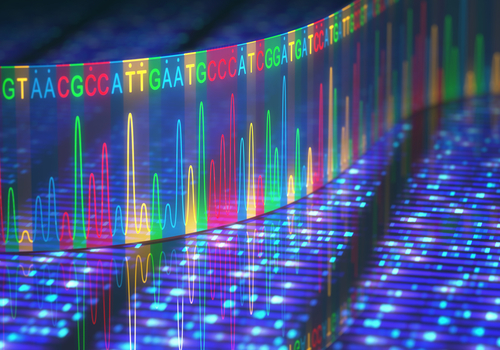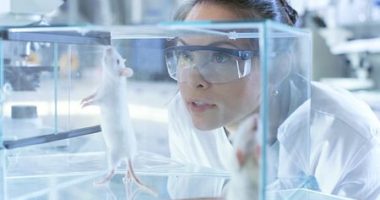TBX15 Gene Variants Impact Risk of Obesity and Osteoporosis, Study Suggests

Eight genetic variants at the TBX15 gene likely impact a person’s risk of obesity or osteoporosis, with five of the variants increasing the likelihood of having excess weight but also potentially offering protection against osteoporosis, a condition that causes bones to become weak and brittle, a study has found.
The findings appear in an article, “Osteoporosis- and obesity-risk interrelationships: an epigenetic analysis of GWAS-derived SNPs at the developmental gene TBX15,” published in the journal Epigenetics.
Genome-wide association studies (GWAS) in the past 10 years have identified more than 500 genetic regions that may contribute to obesity.
Usually, these studies search the genome for small variations called single nucleotide polymorphisms (SNPs), which occur more frequently in overweight or obese people — as determined by their body mass index (BMI). Other parameters used to assess excess weight are waist circumference and waist-hip ratio, both adjusted for BMI.
Each study can look at hundreds or thousands of SNPs at the same time. Yet, translating GWAS findings to clinically meaningful information remains challenging because only a very small percentage of the reported genetic variants impact the risk of obesity.
To pinpoint the true genetic determinants of obesity, researchers from Tulane University and Hunan Normal University analyzed an extensive set of biological data available for two genes, TBX15 and WARS2.
They developed a strategy to sort out the prime SNP candidates for obesity and/or osteoporosis risk, combining data of chemical structure, expression (or activity), and DNA sequence of these two genes.
TBX15 is involved in bone development and believed to play a role in adipose (fat) tissue accumulation. WARS2 — the gene next to TBX15 in chromosome 1 — has been associated with visceral fat, which builds up around organs in the abdominal cavity.
The team identified eight variations among 692 SNPs in TBX15 as the most likely linked to obesity or osteoporosis risk.
Obesity was measured by waist-hip ratio or waist circumference adjusted for BMI. Estimated bone density (eBMD), an indicator of hip and non-spine fractures, was used as a measure of osteoporosis risk.
Results showed that the eight SNPs are strong candidates to modify the expression of TBX15 in the fat tissue beneath the skin (subcutaneous adipose tissue) or in the cells that form new bone (osteoblasts).
The identified variants were located in regulatory domains of TBX15 preferentially present in subcutaneous adipose tissue or osteoblasts.
“Remarkably, five of the regulatory SNPs were associated with eBMD and obesity,” the researchers wrote.
This means that people carrying one of these five variants are more likely to be obese and to have a higher bone mineral density, which may reduce the risk of developing osteoporosis.
In contrast, variants in WARS2 were not related to susceptibility for these conditions.
“These findings illustrate how manual curation of … genetic data can help define candidates for causal GWAS-derived SNPs at a single gene [region] of interest,” the team added.




